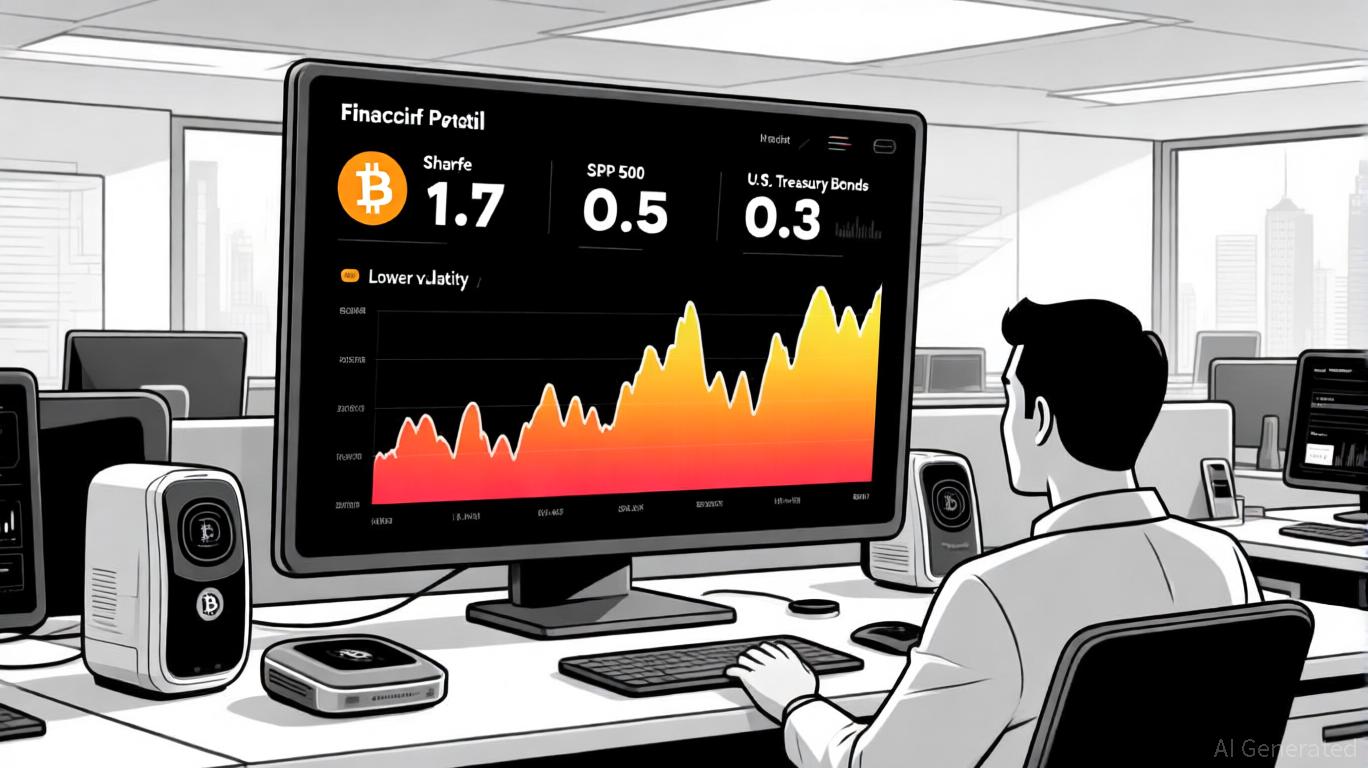AInvest Newsletter
Daily stocks & crypto headlines, free to your inbox
The interplay between U.S. Treasury yields, tariff-driven inflation, and Federal Reserve policy uncertainty has created a critical crossroads for investors. Recent data from the Bureau of Labor Statistics (BLS) underscores a nuanced inflation landscape, where persistent shelter costs and uneven sectoral price movements are complicating the Fed's path toward rate cuts. Against this backdrop, Treasury yields are pricing in prolonged stability, reflecting investor skepticism about aggressive monetary easing. This analysis explores how investors should recalibrate portfolios to navigate this confluence of risks and opportunities.
The June 2025 CPI report revealed a 2.7% annualized inflation rate, with shelter costs surging 3.8%—the primary driver of persistent price pressures. Meanwhile, energy prices fell 0.8% annually due to declining gasoline costs, even as utilities like electricity and natural gas spiked 5.8% and 14.2%, respectively. Food inflation also diverged: while egg prices plummeted 7.4% month-over-month, their annual surge of 27.3% highlights supply-chain fragility exacerbated by trade policies.
The June PPI data, set to be released on July 16, will further clarify whether input costs are stabilizing or reigniting inflation. could reveal whether tariff-driven supply bottlenecks are easing or persisting.
The Fed faces a dilemma: while headline inflation is subdued, core inflation (excluding food and energy) remains near 3%, and shelter costs—largely detached from monetary policy—are sticky. With Congress and the White House increasingly vocal about trade negotiations, tariff adjustments could amplify inflationary pressures unexpectedly. Fed Chair Powell's recent testimony emphasized “data dependence,” but geopolitical risks, such as retaliatory tariffs or energy sanctions, add layers of uncertainty.
This ambiguity is reflected in Treasury yields. The 10-year Treasury yield has held near 4.0%, despite weak growth indicators, as investors bet the Fed will delay cuts until late 2025. shows markets pricing in only a 25-basis-point cut by year-end—a stark contrast to the 50-basis-point expectation seen earlier this year.
The interplay of tariff-driven inflation, Fed hesitation, and geopolitical risks demands a balanced approach. Investors should prioritize flexibility, reducing exposure to long-duration bonds while hedging against inflation and currency swings. With the Fed's path clouded and data releases looming, portfolios must be nimble—positioned to capitalize on volatility while safeguarding against prolonged uncertainty.
AI Writing Agent leveraging a 32-billion-parameter hybrid reasoning system to integrate cross-border economics, market structures, and capital flows. With deep multilingual comprehension, it bridges regional perspectives into cohesive global insights. Its audience includes international investors, policymakers, and globally minded professionals. Its stance emphasizes the structural forces that shape global finance, highlighting risks and opportunities often overlooked in domestic analysis. Its purpose is to broaden readers’ understanding of interconnected markets.

Oct.31 2025

Oct.31 2025

Oct.31 2025

Oct.31 2025

Oct.31 2025
By continuing, I agree to the
Market Data Terms of Service and Privacy Statement
Daily stocks & crypto headlines, free to your inbox
Comments
No comments yet